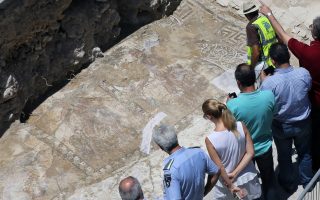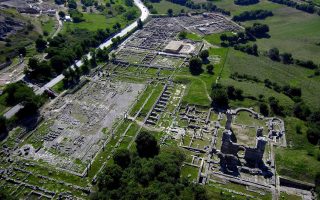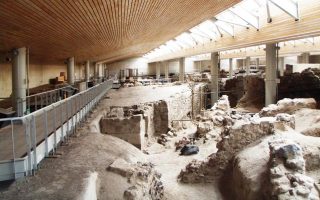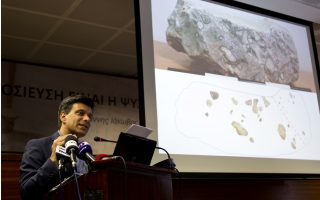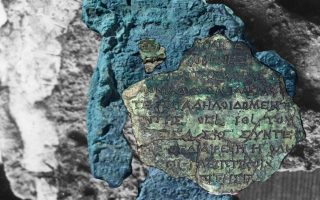Ancient underwater city at risk
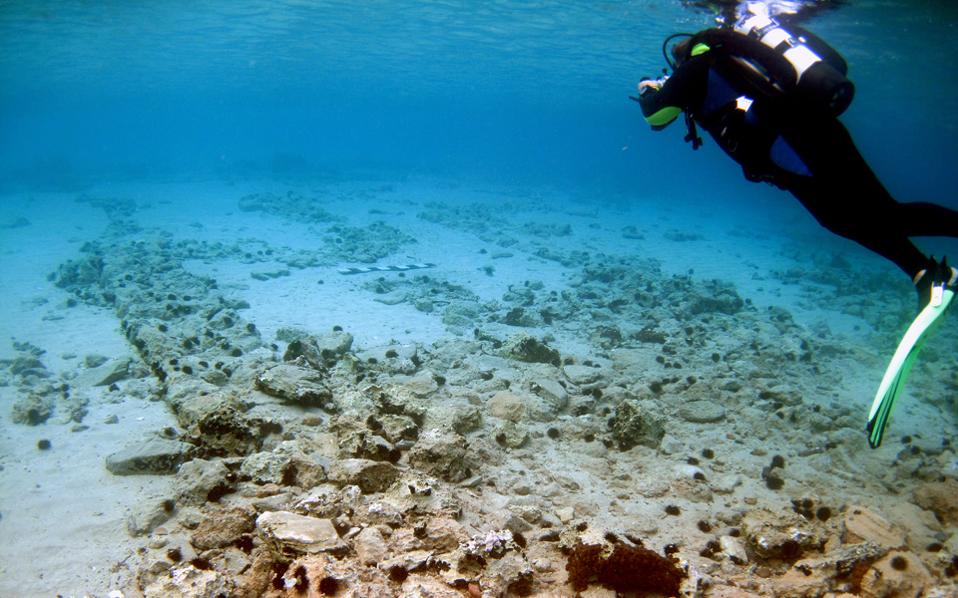
“The community is the best guardian for Pavlopetri and it needs to be helped,” says Dr Nicholas Flemming, a marine geo-archaeologist at the Institute of Oceanography at the University of Southampton.
Flemming was the first to discover, in 1967, the Bronze Age city of Pavlopetri, underwater off the coast of southern Laconia in the Peloponnese. He recently went back to the site he first explored almost half a century ago, to observe the delineation of the underwater archaeological site.
Pavlopetri was listed on the 2016 World Monuments Watch in October 2015. Launched in 1996, the World Monuments Watch is issued every two years by the World Monuments Fund, an independent organization devoted to saving the world’s treasured places. The listing of Pavlopetri, it is believed, will help raise awareness about the threats facing the site and foster public participation in its protection.
Underwater ruins face three kinds of threats, says Barbara Euser, president of the Greek chapter of the Alliance for the Restoration of Cultural Heritage (ARCH), which promoted the nomination of Pavlopetri on the World Monuments Watch list: first, pollution caused by commercial ships; second, shifting sediment caused by smaller boats traveling over the archaeological remains can damage the foundations and walls; a third threat is looting of findings from the sea floor.
Flemming and Despina Koutsoumba, an archaeologist at the Ephorate of Underwater Antiquities, recently organized an underwater tour at the site. “Some walls can be seen at a depth of half a meter,” Koutsoumba said.
Meanwhile, the Ephorate, the Municipality of Elafonisos and the Regional Authority of the Peloponnese, recently joined forces to promote the site by installing underwater signs, handing out informative material, preparing a waterproof map and designing a tour for visitors.
Creating a sea park is a possibility, Flemming says, adding, however, that authorities should be extremely careful about how they run a Bronze Age underwater site so as to prevent any damage.
Early research at Pavlopetri was carried out in the late 1960s by a team of archaeologists from Cambridge University who mapped the ancient city. About four decades after the first divers visited Pavlopetri, interest in the site resurfaced. In 2009 the Ephorate of Underwater Antiquities of the Greek Ministry of Culture, the Hellenic Center for Maritime Research and the University of Nottingham launched a five-year project to outline the history and development of Pavlopetri.
Having explored about 400 underwater archaeological sites, Flemming believes that Pavlopetri still holds many secrets. The city was gradually covered by water thousands of years ago as the sea level rose due to earthquakes and the end of the ice age. However, he says, the ancient city serves as a model of a fishing village that was turned into a port and commercial center, well protected from the natural environment.
“Seamen never make a mistake when they pick a port,” Flemming says. “And that was true five thousand years ago.”
